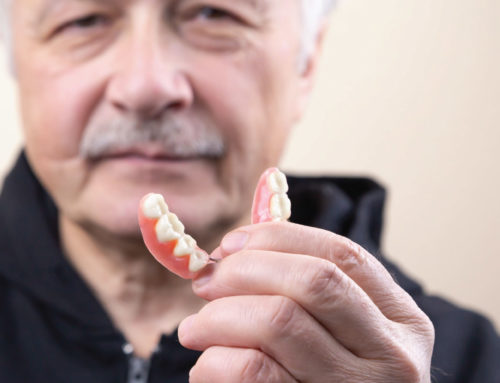Fluoride is a naturally occurring mineral in water. It has been proven to help make teeth more resistant to the acid that causes cavities. There are two different ways to get fluoride into your system, topically or systemically.
Topically:
When fluoride is delivered topically it helps to remineralize weakened tooth enamel. It can also help to reverse early signs of tooth decay. Once teeth are erupted into the mouth they can benefit from topical application of fluoride through toothpaste, mouthwashes, varnishes, and gel/foam applications.
Systemically:
Fluoride is absorbed systemically when it is ingested. Before teeth erupt into the mouth fluoride that is consumed through food, drink, or supplements makes tooth enamel stronger, making it easier to resist tooth decay.
What is Fluorosis?
Dental fluorosis affects your tooth enamel. It is not a disease and does not affect the health of your teeth. It usually has the appearance of faint white lines or streaks on the teeth. Fluorosis only occurs when younger children consume too much fluoride over long periods of time when teeth are developing under the gums. Once teeth are fully developed and have erupted into the mouth there is no longer a risk. The best way to prevent fluorosis is to monitor children’s intake of fluoride. A grain of rice sized amount of toothpaste for children 0-3, a pea sized amount 3-6, and no mouthwashes (unless advised by your dentist) before the age of 6.
As long as fluoride is used appropriately it is very beneficial to your overall tooth health. The American Dental Association (ADA) strongly recommends fluoridated water to help with preventing tooth decay and there is no strong research that fluoride is harmful to your overall health.



